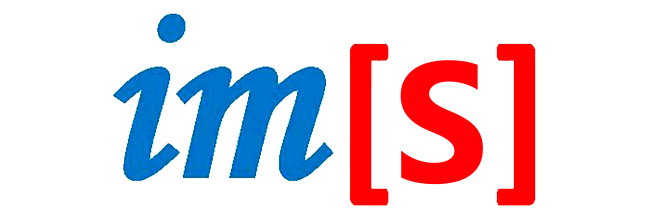
Cosmology with wide-area extragalactic radio surveys from SKA pathfinders
Jacobo Asorey (Centro de Investigaciones Energéticas, Medioambientales y Tecnológicas (CIEMAT), Madrid)
Fecha: 24/11/2021 13:00
Lugar: Sala de Grados I (Facultad de Ciencias)
Grupo: MathPhys
Abstract:
We are currently living a blooming era of wide-field optical cosmological surveys, either spectroscopic such as Dark Energy Spectroscopic Instrument (DESI) or photometric such as the ongoing Dark Energy Survey (DES), the future Large Synoptic Survey Telescope (LSST) or future imaging component survey of EUCLID. By analyzing the distribution of matter clustering, we can use the growth of structure, in combination with measurements of the expansion of the Universe, to understand dark energy or to test different models of gravity. However, we also live in the multi-tracer and multi-messenger astrophysics era. In particular, during the next decades, radio surveys will map the matter distribution at high redshifts, especially covering the current redshift desert between early and late expansion, crucial to discriminate between current cosmological theoretical models. Like with optical data, there are radio imaging surveys such as radio continuum surveys such as the ongoing Evolutionary Map of the Universe (EMU), a program of the Australian Square Kilometre Array Pathfinder (ASKAP), or spectroscopic by measuring the hydrogen 21cm line, such as Wallaby. However, we can also use intensity mapping as a low resolution spectroscopic technique in which we use the intensity given by the emission from neutral hydrogen from patches of the sky, at different redshifts, with surveys such as Tianlai or CHIME. By cross-correlating these maps with galaxy catalogues we can improve our constraints on cosmological parameters and to understand better how neutral hydrogen populates different types of galaxies and haloes. Creating realistic mock intensity mapping catalogues is key to optimize the future analysis of data. I will introduce the simulated neutral hydrogen full sky catalogues that we have created, using the Horizon run 4 simulations. In particular, I will show the prospects of measuring the growth rate of structures with only intensity mapping information from surveys such as Tianlai around redshift z=1 and the prospects of cross-correlating the intensity mapping information with optical galaxy catalogues, such as DESI or Euclid, especially regarding BAO measurements. I will also show the prospects to constrain ultra-light axion dark matter mass with low-frequency 21cm line intensity mapping.
